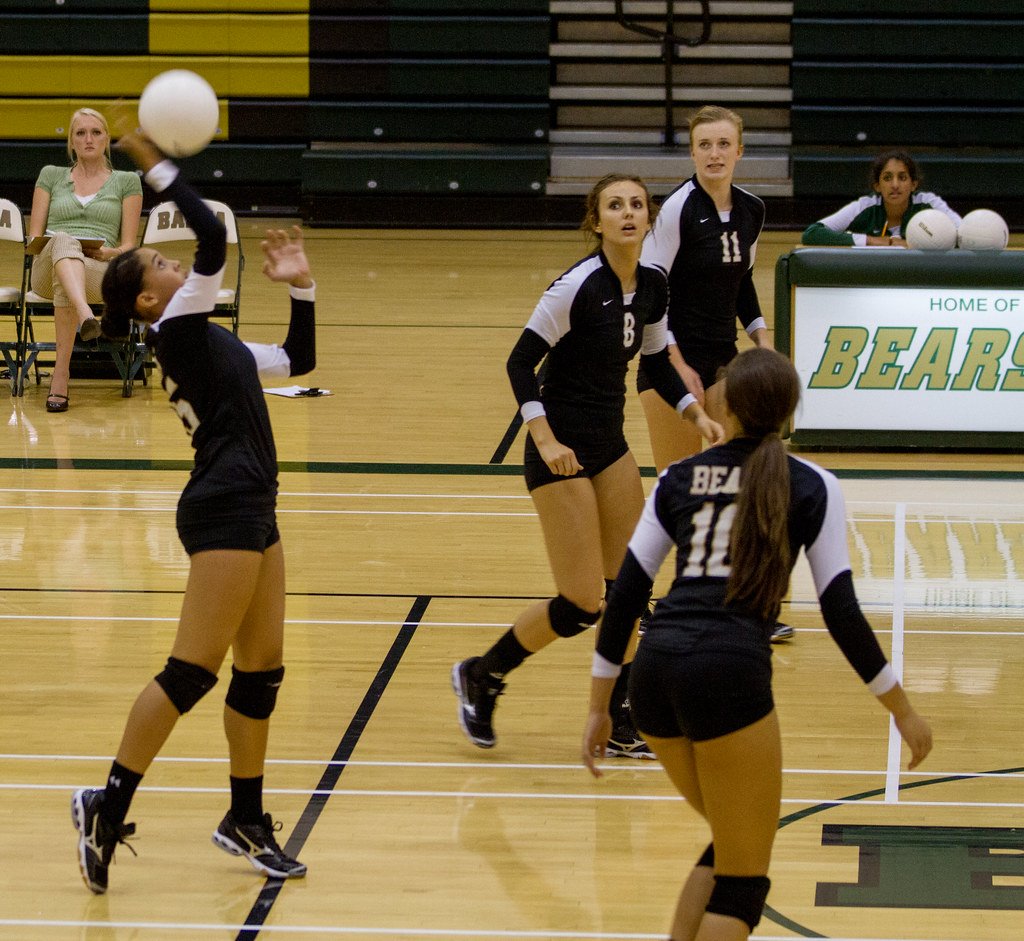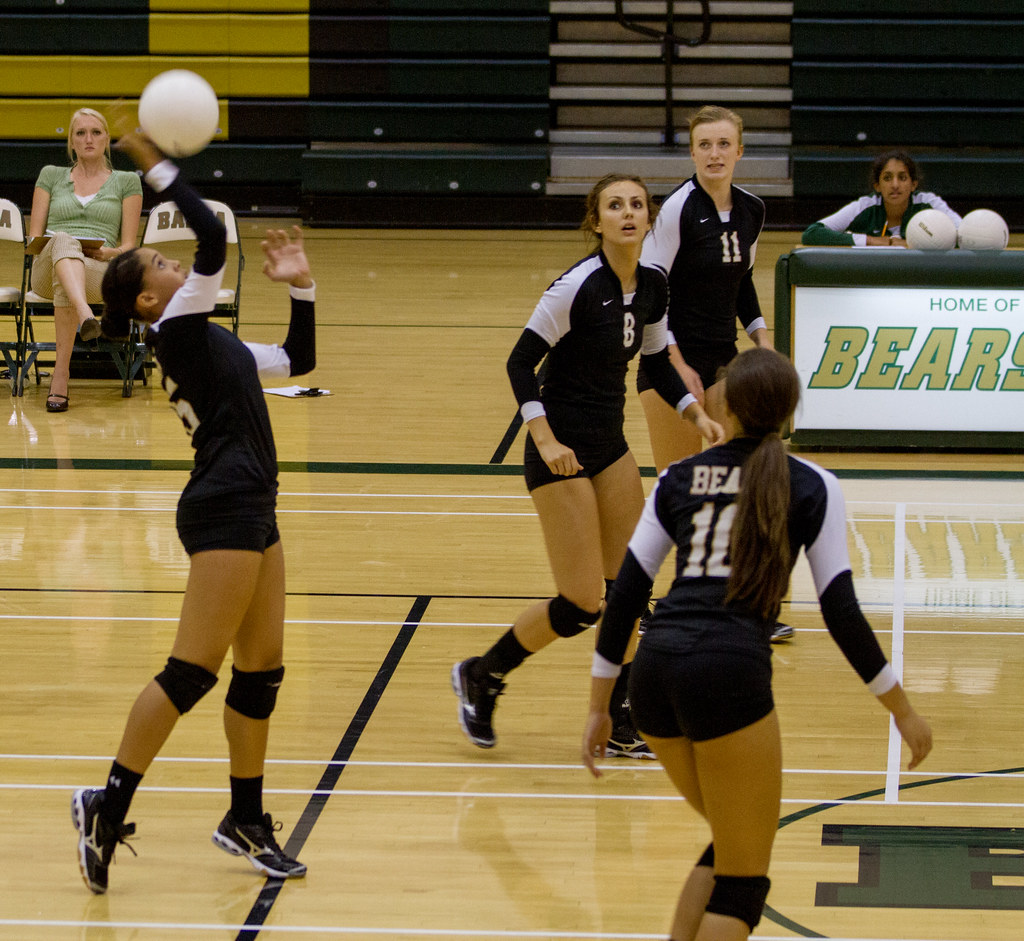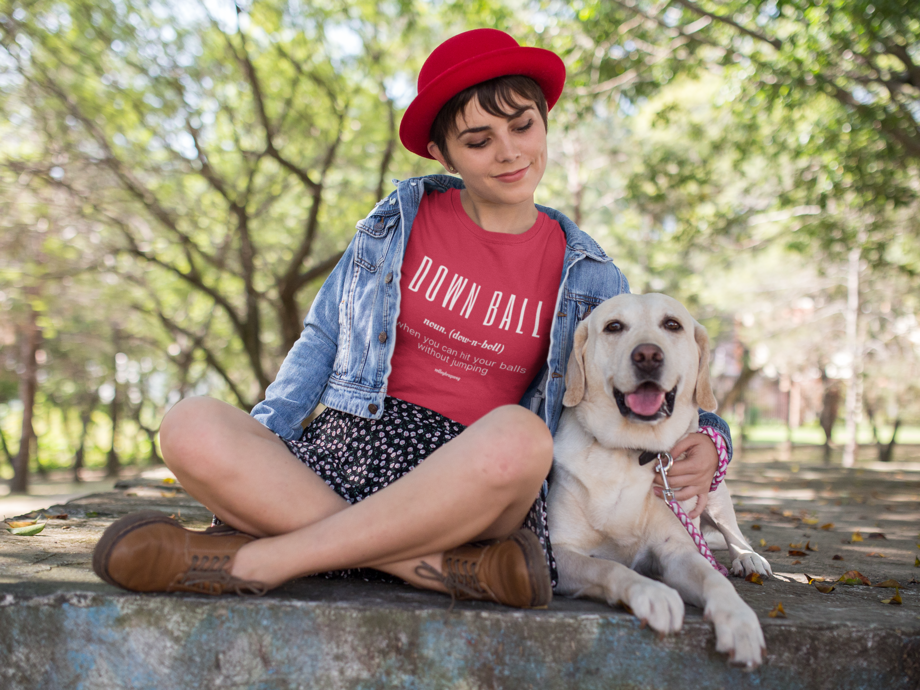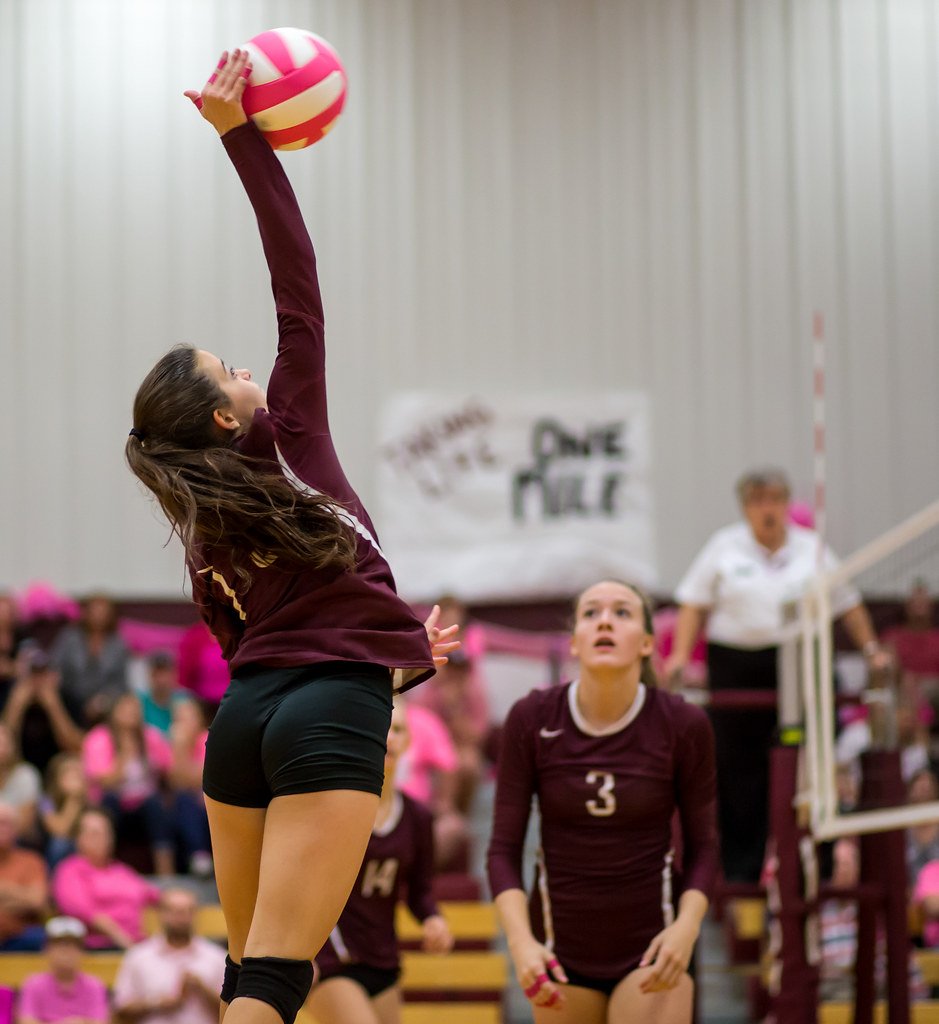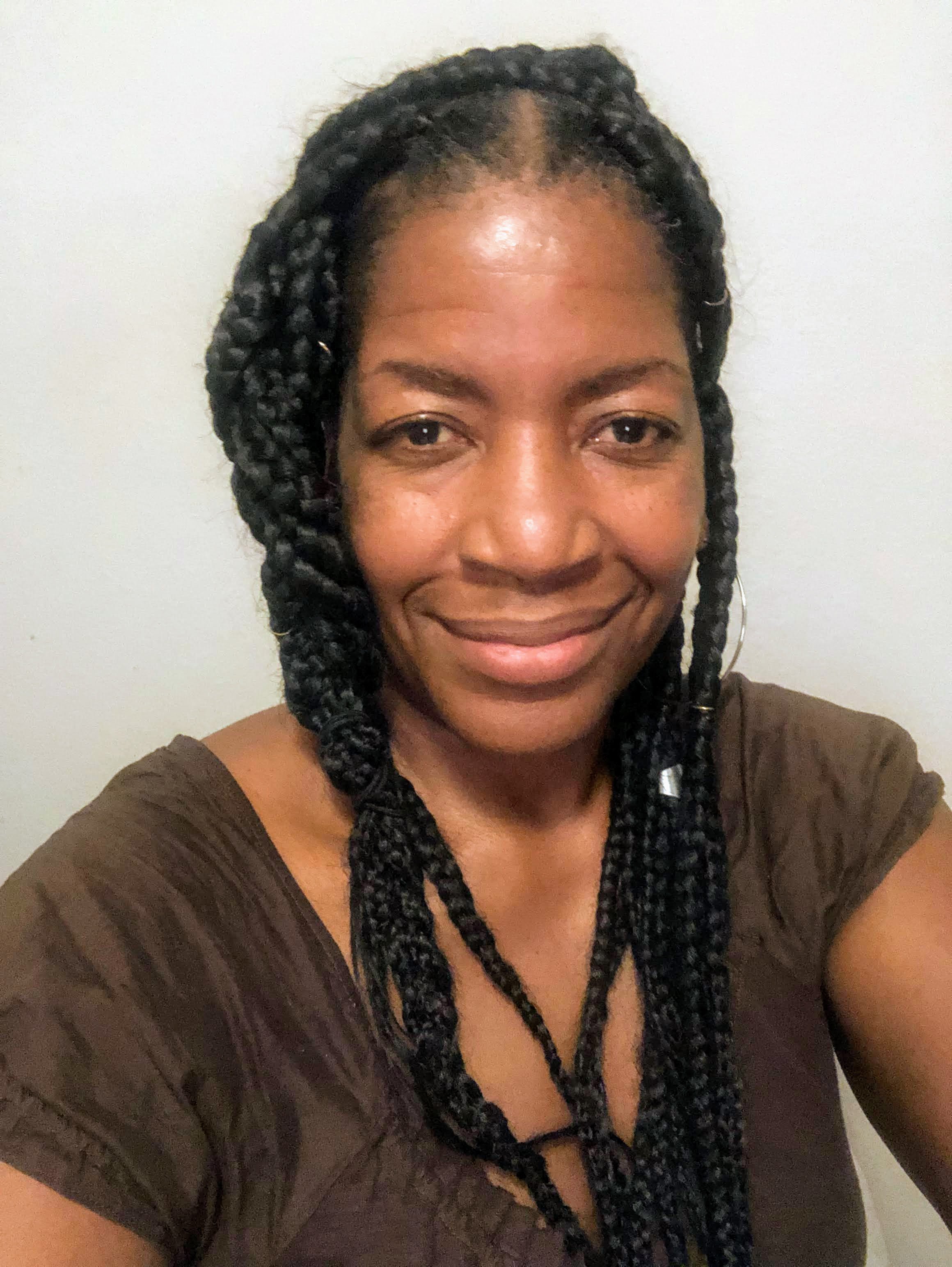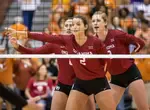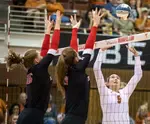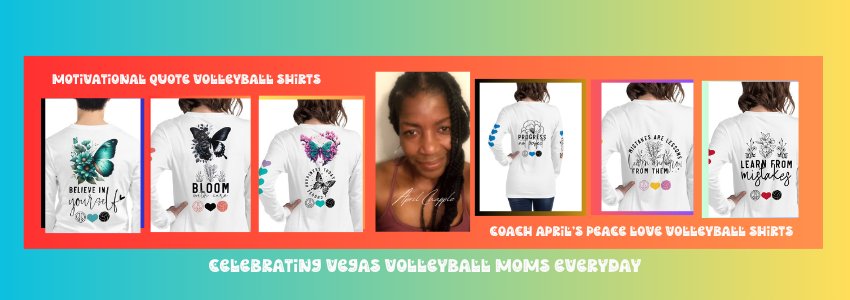- Improve Your Volleyball with Coach April
- Words About Volleyball Hitting, Spiking and Attacking Terms Explained
- Down Ball in Volleyball Is A Hard Attack Hit With No Approach Jump
The Down Ball in Volleyball Is A Hard Attack Hit With No Approach Jump
The "down ball in volleyball" is a volleyball term that hitters use for attacking the ball on the court without using a spike approach jump to score points.
Today, I tackle the mechanics of the down ball, a hitting skill that gives your game a strategic edge when you don't have time to or don't plan on...jumping to attack the ball.
Like every other technique in volleyball, mastering the Down Ball requires time, effort, and practice. But don't worry! I'm here to guide you each step of the way. The insight I provide goes beyond just hitting the ball. You'll also gain a deep understanding of when to effectively use the down ball in volleyball.
It's about hitting the ball with force, but keeping your feet on the ground, rather than launching into a full-on spike approach.
No jump, just a solid, powerful hit when there's no time for a traditional spike.
The down ball is how you can attack a ball over the net without using a spike approach jump as a first, second or third contact in an attempt to make a point for your team.
When you use the "down ball in volleyball" hitting technique...as a hitter you can choose to actually attack the ball for a point while keeping your feet on the ground and not jumping to contact the ball (for the down ball) or jumping and wiping off the blocker's arm (for the wipe).
Beginners use the down ball to attack and learn to attack before they get the timing right to add the spike approach to lift themselves in the air.
A down ball in volleyball can be initiated during any of the three contacts a team is allotted to get the ball back into the opposing team's court.
Let me explain...
A Volleyball Term For Attacking
The Down Ball in Volleyball
Down ball in Volleyball - a down ball in volleyball is an attack made by a player who spikes or hits the ball keeping both of their feet on the floor and uses the traditional arm swing to get a hard driven ball into the opposing team's court.
A down ball in volleyball can be initiated during any of the three contacts a team is allotted to get the ball back into the opposing team's court.
For example, although rarely seen in indoor volleyball a beach volleyball player can hit an easy serve back into the serving team's court by attacking with a down ball in volleyball.
When team B's blocker's see that Team A's spiker isn't using a spike approach to hit the ball over the net, the blockers usually call out to their team "down ball" and transition off the net to get ready to attack.
Frequenly Asked Questions About The Down Ball in Volleyball
What is a "down ball" in volleyball?
A "down ball" in volleyball is a forceful attack made by a player who spikes or hits the ball while keeping both of their feet on the floor. It's done without making a traditional spike approach jump to attack the ball.
When should a player perform a "down ball"
A player typically opts for a "down ball" when there isn’t enough time or space for a full spike approach. It is a rapid response to keep the play moving and can be used during any of the three contacts a team is permitted to make with the ball.
Why is it called a "down ball"?
The term "down ball" is derived from the fact that the hitter stays grounded aka "down", i.e., they keep their feet on the floor while hitting or spiking the ball.
Although both are typically sent over the net without the use of a full approach jump, a "down ball" is hit with a full arm swing and at a higher contact point. In contrast, a "free ball" is a pass sent over the net with an easier trajectory, often used to prevent a faulty play when a setup for attack is not possible.
How is a "down ball" different from a "free ball" in volleyball?
Although both are sent over the net without the use of a full approach jump, a "down ball" is hit with a full arm swing and at a higher contact point.
In contrast, a "free ball" is a pass using your platform held at the level of your mid body and sent over the net with an easier higher trajectory making it an easy ball to intercept or pass by the opposing team, often used to save a play when a typical overhead attack is not possible.
How can I improve my "down ball" technique?
The term "down ball" comes from the fact that the hitter stays grounded aka "down", i.e., they keep their feet on the floor while hitting or spiking the ball.
First, ensure you maintain a controlled arm swing to direct the ball accurately.
Second, consistent practice with varied down ball scenarios (like having to hit different sets that're very high or very low can help you improve arm swing speed and precision hitting.
Lastly, regular game-situation drills and receiving feedback from a coach or an experienced player can also help you significantly to improving this skill.
Remember, the aim is to catch your opponent off guard with a swift and effective attack without needing a jump spike. So, pay close attention to the game situation and your positioning on the court.
Do You Follow Me on Pinterest?
Follow me on Pinterest Volleybragswag to improve your game even faster!
I share alot of individual, partner and easy-to-do volleyball serving drills we do in class with my followers.
Many of these volleyball practice drills you can do at home by yourself or try at your next practice with your teammates.
If you're a B team or JV player trying to make varsity next year...your goal should be to complete 1000 reps a day of at least three of the basic skills on your own...volleyball passing, serving and setting should be at the top of the list.
Where Do You Go From Here?
Where do you need to go now? Here are three options:
- Learn more about Volleyball Words by checking the links in Related Links section.
- Follow the suggested reading on our Sitemap page (Sitemap)
- Or visit the pages in the How To Play Volleyball section in the drop down menu at the top of the page.
If your athlete struggles with consistent serve receive, gets subbed out, or is overlooked for playing time—this is the fix you’ve been looking for.

Struggling with passing consistency?
I help talented passers tired of getting pulled from games because of inconsistent serve receive skills BUILD passing confidence without expensive private lessons using the same 3-step system that's helped dozens of my athletes get recruited.
Download my eBook for $17.99 and start building the passing confidence that keeps you on the court—and gets you seen by college coaches.
From Lady Vol to Legend: Coach April Produces Powerful Passionate Players...is that you?
What Are You Looking For?
Click to Download Your Pre Serving Ritual Mastery Checklist pdf:
🎯Volleyball Pre Serving Ritual Guide -
Players! Learn How To Transform Your Serve from Weak to Weapon
Click to Download Your Parent's Volleyball Serving Checklist pdf
🎯Parent's Volleyball Serving Checklist Guide
Parents! Help Your Player Develop Championship Serves (Even If You've Never Played)
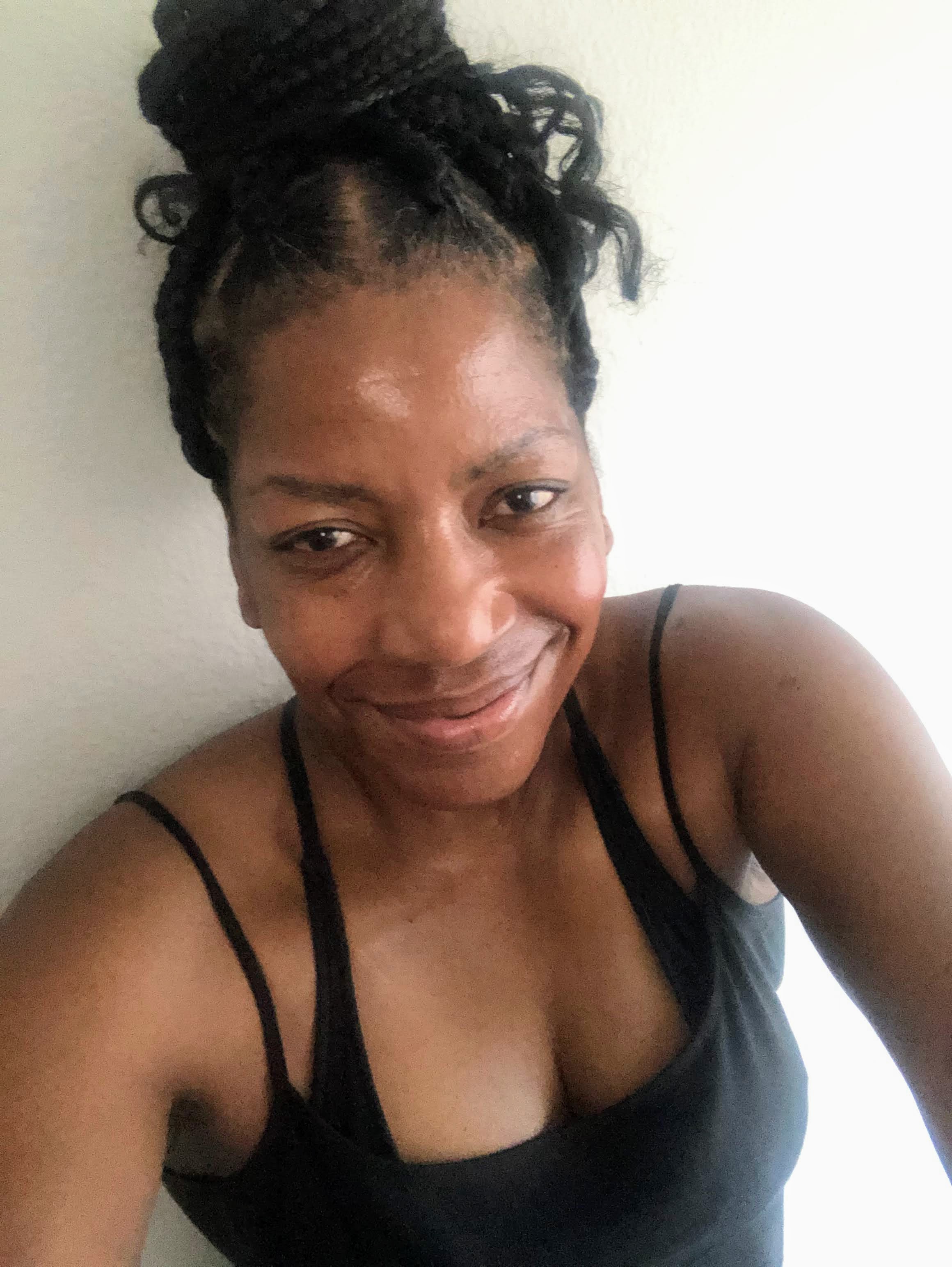
Hi there!
Thanks for stopping by. Hope you learned something today that will help you reach your volleyball goals.
Be sure to subscribe to my email newsletter so you can learn more each week!
Stay strong! Stay motivated!
-Coach April
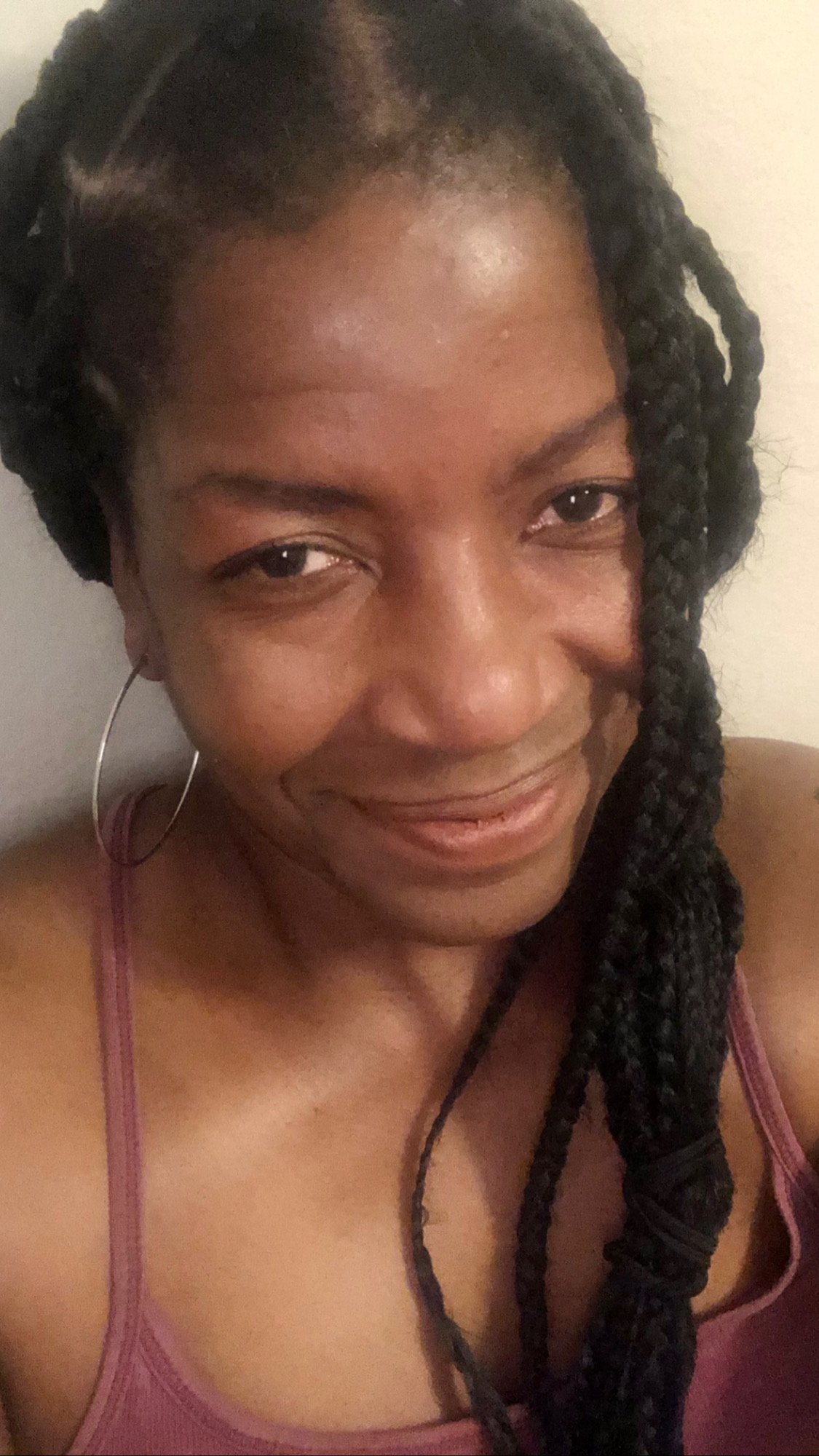
SUSCRIBE to my email newsletter below!
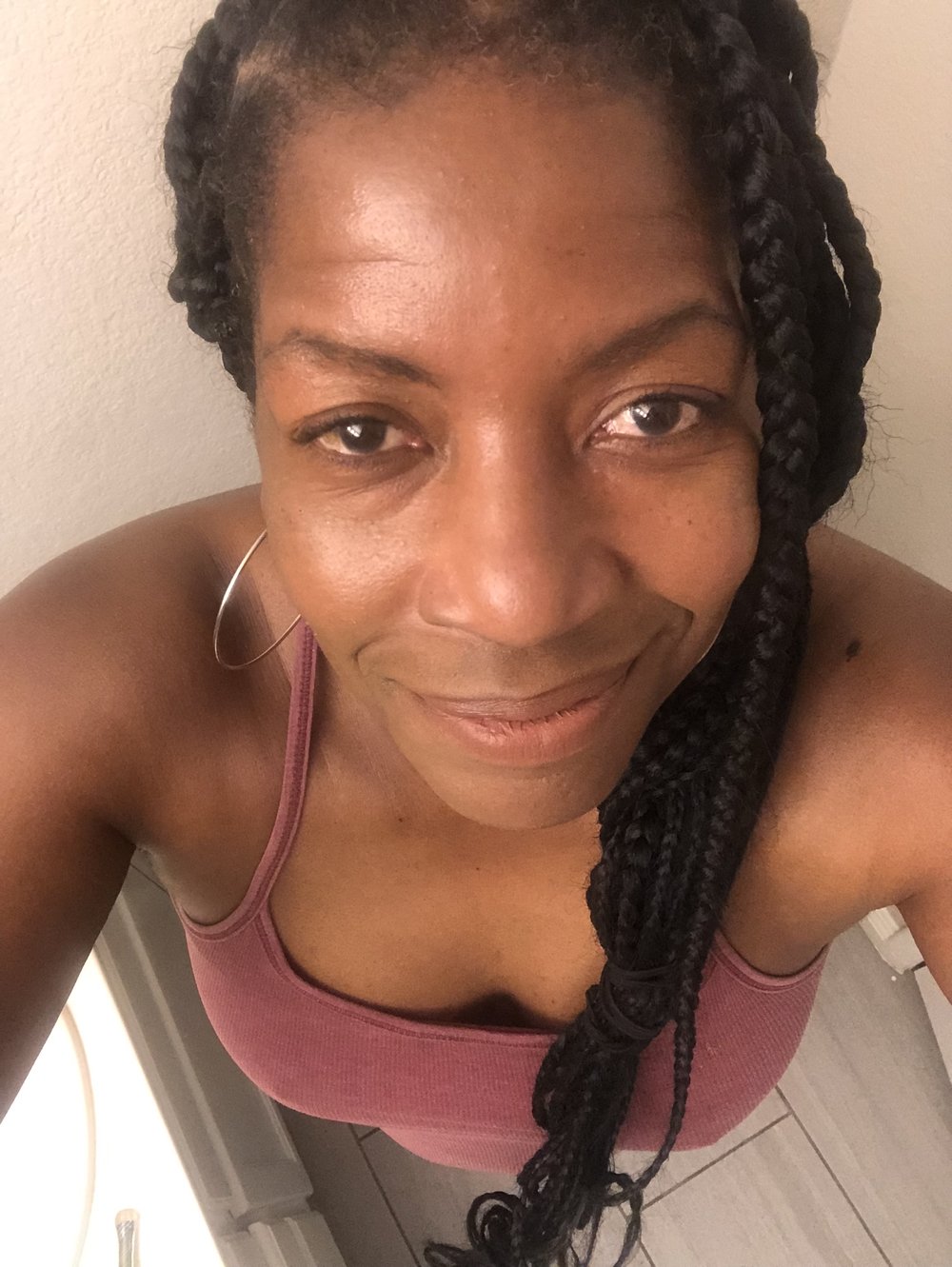 Click to learn more about the weekly volleyball classes and clinics or email info@imrpoveyourvolley.com for information
Click to learn more about the weekly volleyball classes and clinics or email info@imrpoveyourvolley.com for informationCongratulations to my seven Boys-18s Vegas Volley club players who played in two state championship finals yesterday, the 3A and 5A State champinship finals at Sunrise Mountain High School.
TOURNAMENT CHAMPIONS!
A-1 Vegas Volley VBC
In It To Win It Tournament
May 2 - 4, 2025 Tournament
Gold Medalists
18s Premier Division
Vegas Volleyball's Unsung Heroes: Celebrating Moms with Peace Love Volleyball Shirts
Ready to energize your volleyball mom journey?
Subscribe to my 'Producing Powerful Passionate Peaceful Players' email list above on ImproveYourVolley.com.
You'll receive energy-boosting tips, exclusive insights from me, Coach April Chapple on maintaining momentum in volleyball.
Let's power up the Vegas volleyball scene together!
Recent Articles
-
Complete Serving System: 9 Volleyball Serving Checklists
Dec 30, 25 01:40 PM
The complete serving checklists bundle contains 9 checklists so you master overhand serves, jump floats, serving tactics and ace scoring with at-home drills. -
The Volleyball Checklist: Skill Development Systems That Get Results
Dec 30, 25 02:27 AM
Master serving, passing and other basic skills with a step-by-step volleyball checklist from a Tennessee Hall of Famer who trains college-recruited athletes. -
4 Ways To Improve Volleyball Skills: Your 2026 At-Home Training System
Dec 29, 25 01:14 AM
With these 4 high school volleyball tips I explain ways to improve volleyball skills on your own without the help of your coach in practice and in games.

